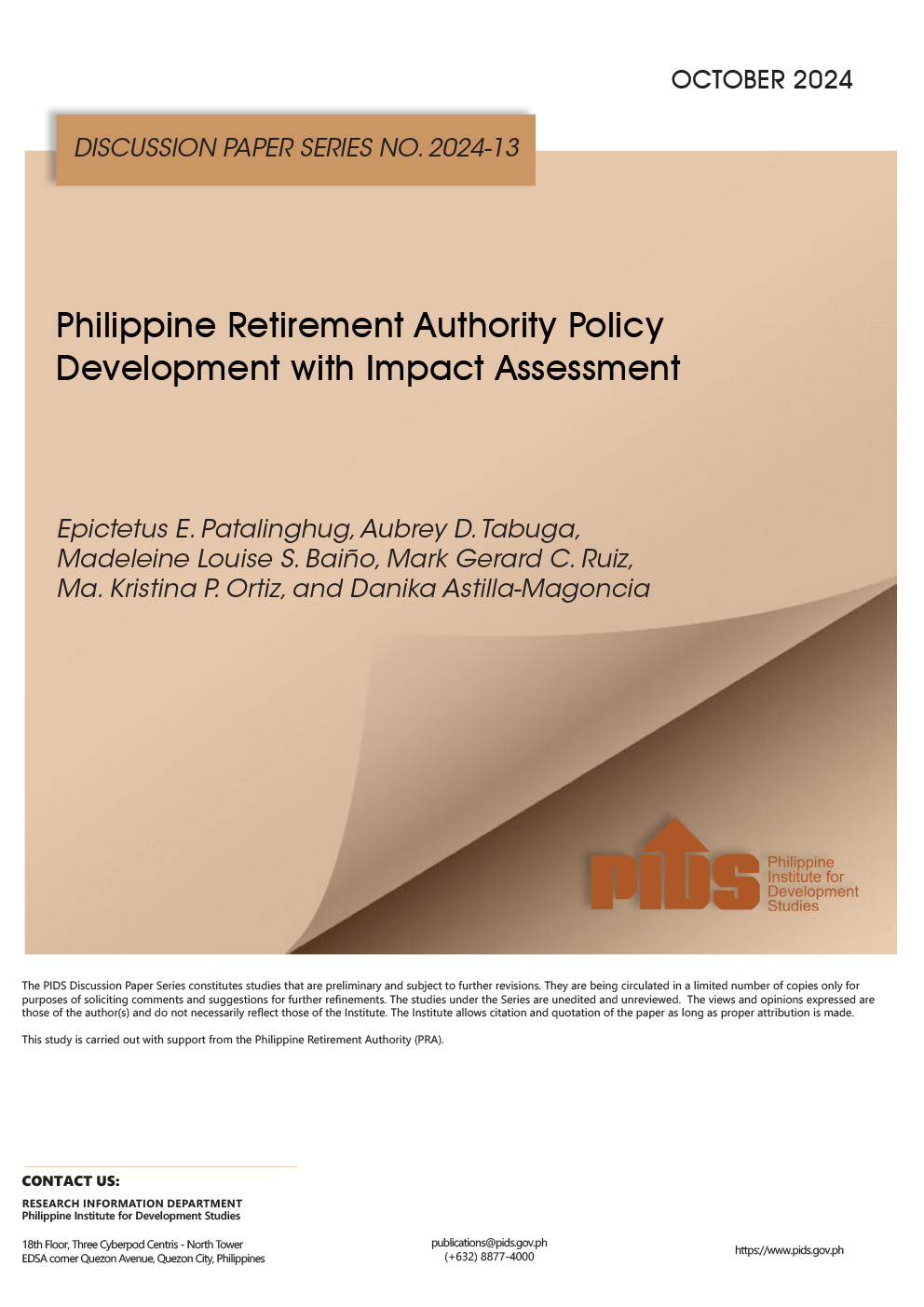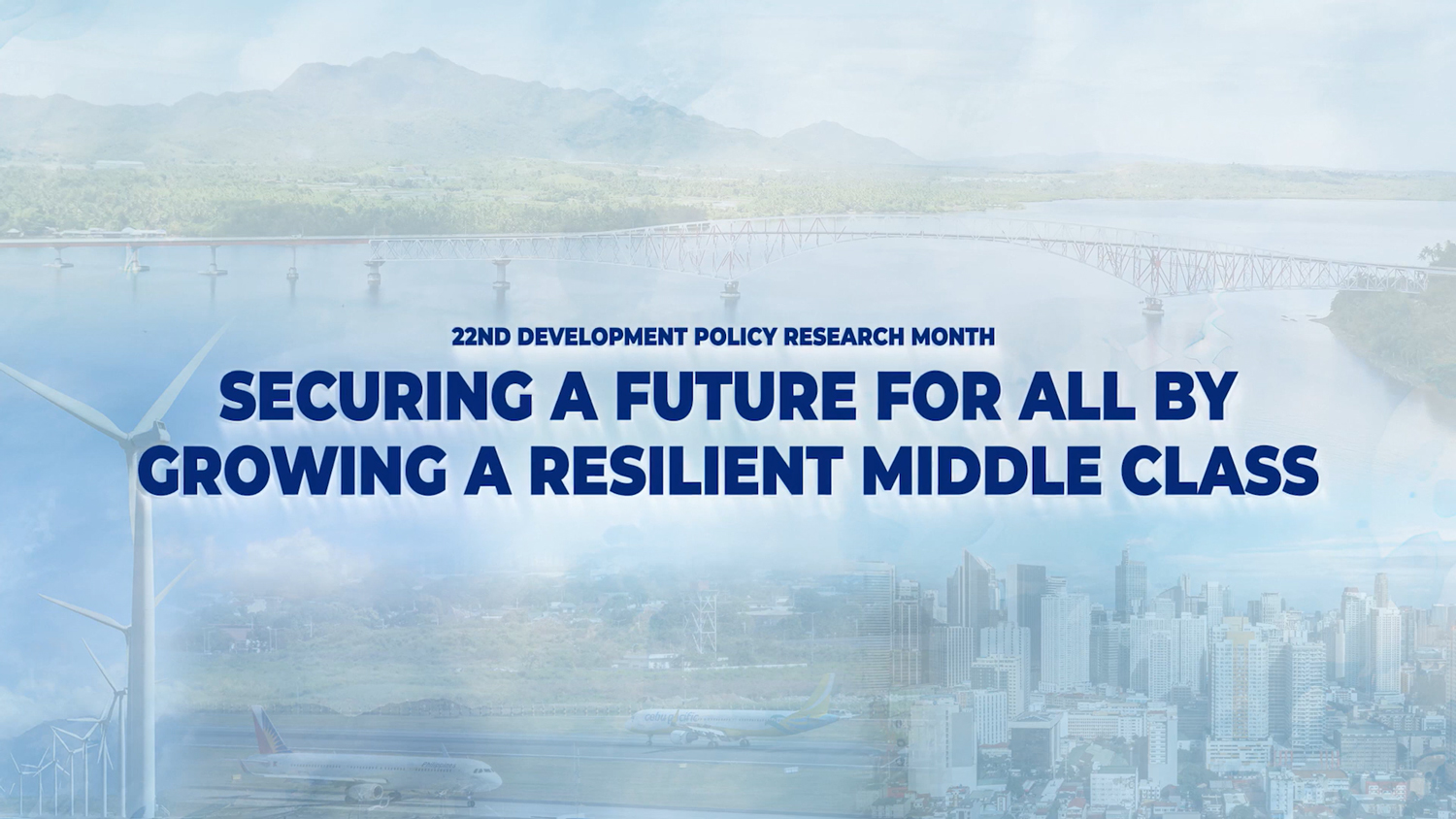Limitations on foreign ownership of land and mass media are among the reasons the Philippines continues to lag in the region in terms of foreign direct investments (FDI).
In the latest Economic Issue of the Day release of the Philippine Institute for Development Studies (PIDS), author Claudette S. Malana said lifting restrictions on foreign ownership will be necessary in order for the country to fully participate in the Asean Economic Community (AEC).
Malana said limits to foreign equity in the exploration, development and utilization of natural resources; public utilities; build-operate-transfer projects, operation of deep-sea commercial vessels, land ownership, mass media, and the practice of professions have kept the country’s FDI low.
"To sustain the growth of the Philippine economy, these restrictions need to be examined and amended, as they have constrained FDI,” Malana said.
"Under the AEC, Asean companies, Filipino firms included, can own 100 percent of companies in other Asean countries and should be able to own at least 70 percent of services companies,” she added.
Malana’s data showed that the Philippines’s FDI only increased to $2.8 billion in 2012, while Singapore, was at $56.65 billion and Indonesia $19.62 billion.
It can be noted that Indonesia’s FDI level in 2001 was in the red at -$2.98 billion. The country was only able to recover in FDI in 2004, which started eight consecutive years of positive FDI inflows, allowing it to exceed the Philippines’s FDI performance starting in that year.
The country’s highest FDI level was recorded in 2006, when FDI reached $2.921 billion and, in 2007 at $2.916 billion. The lowest FDI level was recorded in 2001 at $195 million and in 2003, $491 million.
"They [East Asian nations] did impose specific restrictions on foreign capital as they saw it fit for their national interests; but they had the essential flexibility to make adjustments in these provisions,” Malana said.
"For the country to catch up and compete with its neighbors in the high-growth regions of East Asia and Southeast Asia, it is crucial to amend the economic provisions that have caused binding constraints to the growth and productivity of the economy,” she added.
The latest data from the Philippine Statistics Authority (PSA) showed the total approved foreign investments in the nine months of 2014 declined 35.4 percent.
Total approved foreign investments amounted to P91.8 billion in the January-to-September period of 2014, from P142.1 billion in the same period in 2013.
The total approved foreign investments contracted 44.4 percent in the third quarter to P18.3 billion in 2014, from P32.9 billion in 2013.
These investments include those that are coursed through the Board of Investments, Clark Development Corp., Philippine Economic Zone Authority and Subic Bay Metropolitan Authority, as well as the Authority of the Freeport Area of Bataan, Board of Investment-Autonomous Region in Muslim Mindanao and Cagayan Economic Zone Authority. In terms of total approved
investments of foreign and Filipino nationals, the PSA said it also contracted 15.7 percent in the third quarter of 2014.
Total approved investments of foreign and Filipino nationals only reached P159.6 billion during the period, lower than the P189.3 billion recorded in the same quarter in 2013.
The PSA explained that foreign investments, approved and registered by the investment promotion agencies, are termed "approved foreign investments,” replacing the term "approved foreign direct investments” used in the previous reports.
This is to distinguish the approved foreign investments, which are only commitments and pledges, from the actual FDI, which are actual investments being released in the Balance of Payments by the Bangko Sentral ng Pilipinas.//












